Russia’s oil and gas industry generates about a third of its budget revenues – several billion dollars a month – and Moscow is using the money to finance its military campaign in Ukraine and increase social spending ahead of presidential elections on March 15-17.
To protect the revenues of Russia's oil and gas industry - the "cash cow" that helps "earn" money for the federal budget - from Western energy sanctions, the Kremlin is said to have activated the "price floor" mechanism for the first time, Bloomberg news agency reported.
According to Bloomberg, this move shows that protecting the flow of Petrodollars (petrodollars) into the state budget is the top priority of the Russian Government in the current context, and the oil producers of the country located in the North of the Eurasian continent are the ones who have to pay.
It is difficult to estimate accurately.
To calculate January oil taxes, Russian energy companies must use an average price of $65 a barrel for Urals — the country’s top export crude blend — according to a document from Russia’s Federal Tax Service published last month. The state budget will receive the revenue in February, and the figures will be released next week.
In fact, the market price of Urals crude is lower than that. Urals oil usually trades at a discount to global benchmark Brent crude. The Russian government has applied a discount of $15 a barrel to its tax formula, according to Bloomberg calculations based on data from Argus Media Ltd., confirmed by a Russian official who spoke on condition of anonymity.
Meanwhile, the data shows that the effective discount that domestic producers are applying to their cargoes averaged $18.12 per barrel at Russian ports in January.
In early December 2022, the Group of Seven (G7) and its allies imposed a price ceiling of $60 per barrel on Russia's seaborne crude oil and oil products exports to "strangle" Moscow's oil revenues while maintaining oil supplies to the global market.
After more than a year in effect, the price cap is said to have failed to produce the desired effect as Moscow has succeeded in mitigating its impact by selling oil to Asian customers and deploying a huge “shadow fleet” to evade shipping and insurance restrictions.
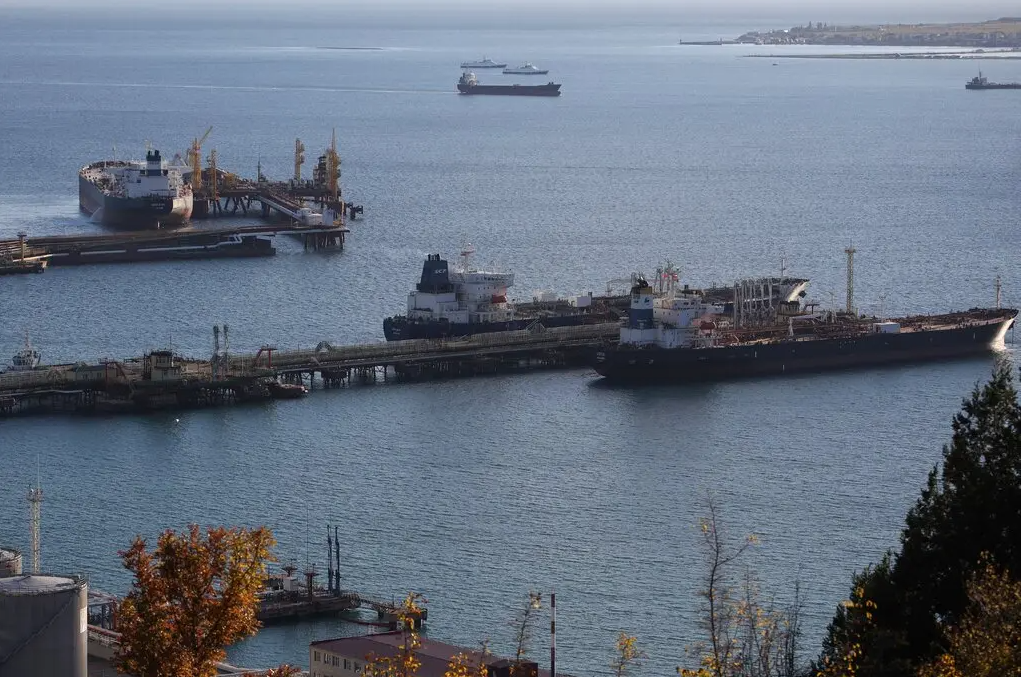
Oil tanker docked in Novorossiysk, Russia, in 2022. Photo: NY Times
To tighten compliance with the price cap, the G7 has increased pressure on shipowners, traders and oil buyers in recent months, thereby widening the discount for Urals oil.
The $18 discount recorded by Argus in January was narrower than at some points in early 2023, when Urals oil was selling at some western Russian ports for as much as $40 less than Brent, but still six times higher than the typical pre-conflict level ($3).
These figures reflect Urals crude prices at the Baltic Sea ports of Primorsk and Ust-Luga, plus the Black Sea port of Novorossiysk. The latest discount does not include the shipping and insurance costs required to deliver the crude to buyers.
When the Russian barrels reach their final customers in Asia, the delivery price will be close to Brent. The final value of a barrel of oil includes the cost of transportation, insurance and payments to middlemen. However, given the opaque nature of the transactions, it is difficult to estimate exactly how much of each barrel of crude Russian oil producers pocket.
A tougher approach
The Russian government also has a second way to calculate the price of Urals oil for budget purposes: Take the average price of a barrel of oil surveyed by Argus at important ports in western Russia and add the virtual cost of transporting it to Rotterdam and the Mediterranean.
Currently, that cost is set at $2 a barrel – a lower valuation than the “floor price” in January, but the country’s antitrust watchdog said it would come up with a more complex calculation.
Every month, Russia's tax agency compares two formulas for calculating the price of Urals oil and uses the formula with the higher value to tax oil producers.
In response to Bloomberg’s questions about the calculation of Urals oil prices, the Russian Finance Ministry referred Bloomberg to the Russian Economy Ministry. However, the Russian Economy Ministry and the national tax agency did not respond to requests for comment.

Graphics: CEPR
The “floor price” mechanism was introduced by the Russian government last year with a much larger discount of $34 per barrel, narrowing it to $20 per barrel in December. Until now, that meant Russian oil taxes were calculated based on real market prices. The Russian government plans to further narrow the floor discount to $10 per barrel next year and $6 per barrel in 2026.
With a tougher approach, making the tax formula more difficult, pressure will increase on Russian oil producers to negotiate higher prices for Urals with foreign customers, or pay the additional taxes out of their own pockets.
The Russian government hopes the discount for Urals oil will narrow “as soon as the supply chain improves and the market calms down,” Russian Deputy Prime Minister Alexander Novak said.
However, the G7 also plans to further tighten Russia's energy revenues through stricter enforcement of price caps .
Minh Duc (According to Bloomberg, Reuters)
Source



![[Photo] General Secretary To Lam works with the Central Policy and Strategy Committee](https://vphoto.vietnam.vn/thumb/1200x675/vietnam/resource/IMAGE/2025/5/28/7b31a656d8a148d4b7e7ca66463a6894)
![[Photo] 12th grade students say goodbye at the closing ceremony, preparing to embark on a new journey](https://vphoto.vietnam.vn/thumb/1200x675/vietnam/resource/IMAGE/2025/5/28/42ac3d300d214e7b8db4a03feeed3f6a)
![[Photo] Vietnamese and Hungarian leaders attend the opening of the exhibition by photographer Bozoky Dezso](https://vphoto.vietnam.vn/thumb/1200x675/vietnam/resource/IMAGE/2025/5/28/b478be84f13042aebc74e077c4756e4b)

![[Photo] Prime Minister Pham Minh Chinh receives a bipartisan delegation of US House of Representatives](https://vphoto.vietnam.vn/thumb/1200x675/vietnam/resource/IMAGE/2025/5/28/468e61546b664d3f98dc75f6a3c2c880)





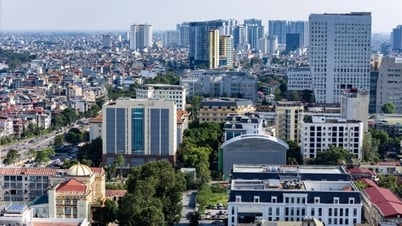





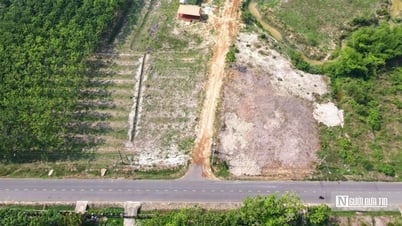
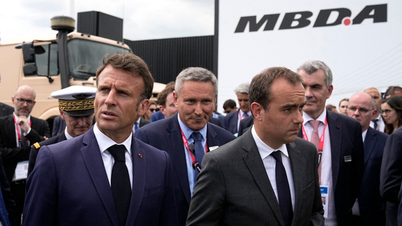






















































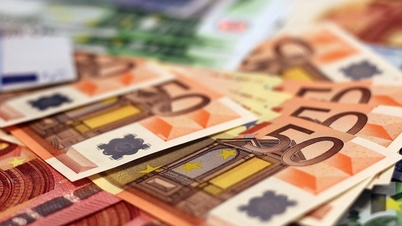

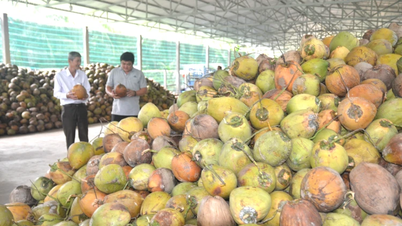




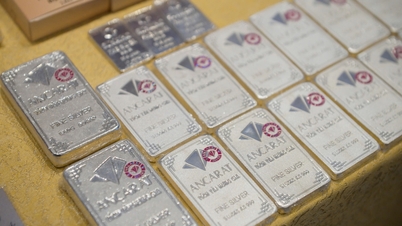
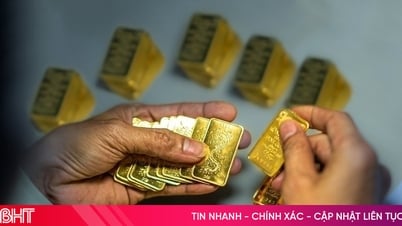









Comment (0)